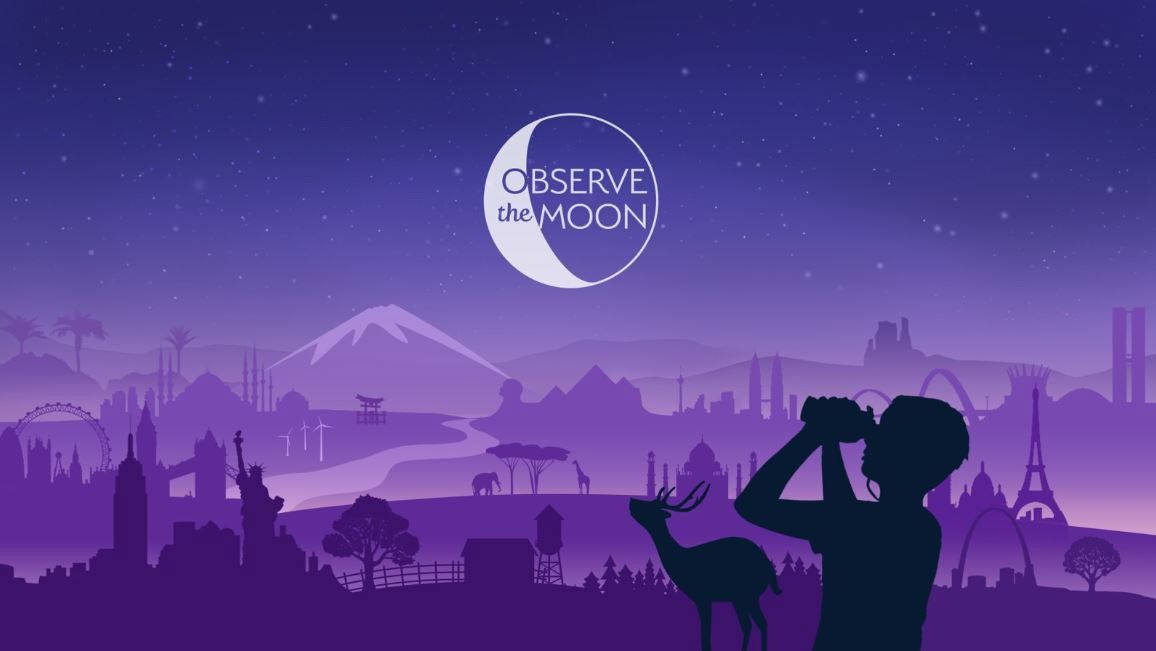Lunar Challenge Winner Tests Technology in NASA Thermal Vacuum Chamber
- Starpath, a space hardware startup from Hawthorne, California, won second place overall at NASA’s Break the Ice Lunar Challenge in June 2024 and was invited to test their upgraded lunar regolith excavation and transportation rover at NASA’s Marshall Space Flight Center.
- The rover, designed to excavate and transport icy, rocky dirt (regolith) found on the Moon, was tested in NASA’s 20-foot thermal vacuum chamber, a facility that simulates harsh environments by manipulating temperature, humidity, pressure, and vacuum effects.
- Starpath’s technology is being developed for missions located at the permanently shadowed regions of the lunar South Pole, where ice within the regolith could be extracted for drinking water or rocket fuel, making it an essential component of NASA’s Artemis missions to the Moon and future Mars missions.
- The Break the Ice Lunar Challenge was a NASA Centennial Challenge that ran from 2020 to 2024, with Starpath winning a cumulative $838,461 across three levels of Phase 2 before taking second place overall at the challenge’s live demonstration and finale in June 2024.
- Starpath’s participation in the Break the Ice Lunar Challenge was an added perk to their successful participation in the competition, which aimed to discover new, innovative technologies for future use on the Moon and Mars, as part of NASA’s Prizes, Challenges, and Crowdsourcing program under the Space Technology Mission Directorate.
By Savannah Bullard
One year after winning second place in NASA’s Break the Ice Lunar Challenge, members of the small business Starpath visited NASA’s Marshall Space Flight Center in Huntsville, Alabama, as part of their prize opportunity to test their upgraded lunar regolith excavation and transportation rover in the center’s 20-foot thermal vacuum chamber.
The technology startup headquartered in Hawthorne, California, won second place overall at the Break the Ice Lunar Challenge’s live demonstration and finale in June 2024. This competition, one of NASA’s Centennial Challenges, tasked competitors to design, build, and demonstrate robotic technologies that could excavate and transport the icy, rocky dirt – otherwise known as regolith – found on the Moon.

“NASA’s Centennial Challenges are a great way to discover new, innovative technologies, including those for future use on the Moon and even Mars,” said Naveen Vetcha, Break the Ice Lunar Challenge manager at NASA Marshall. “Working with winners after the challenge concludes is a perfect example of how we can use NASA facilities to continue advancing these technologies to generate valuable solutions for the agency and industry.”
Starpath built a four-wheeled rover capable of excavating, collecting, and hauling material under extremely harsh environmental conditions that simulate the lunar South Pole. On the rover, a dual drum barrel can extend from the body of the robot – mimicking a movement similar to a crab’s claws – and scrape into rough, hard regolith to excavate material quickly without compromising finite battery life.
Before Starpath made the 2,000-mile drive from California to Alabama this summer, NASA Marshall’s Engineering Test Facility staff prepared a concrete slab outfitted with rocky terrain to act as a testbed for the robot to interact inside the chamber. The V-20 Thermal Vacuum Chamber, located at Marshall’s Environmental Test Facility, can simulate harsh environments by manipulating the chamber’s vacuum, temperature, humidity, and pressure effects. Starpath staff spent about three days at NASA Marshall in August, testing their robot with excavation and mobility trials while collecting data on its performance.
The Starpath team is honing the development of its technology for missions located at the permanently shadowed regions of the lunar South Pole. As a future landing site for NASA’s Artemis missions, which will send astronauts to the Moon and prepare to send the first Americans to Mars, the South Pole region of the Moon is known to contain ice within its regolith. This was the leading inspiration behind the development of the Break the Ice Lunar Challenge, as NASA will require robust technologies that can excavate and transport lunar ice for extraction, purification, and use as drinking water or rocket fuel.
NASA’s Break the Ice Lunar Challenge was a NASA Centennial Challenge that ran from 2020 to 2024. The challenge was led by the agency’s Marshall Space Flight Center with support from NASA’s Kennedy Space Center in Florida. Centennial Challenges are part of the Prizes, Challenges, and Crowdsourcing program under NASA’s Space Technology Mission Directorate.
For more information about the challenge and its conclusion, visit:
















